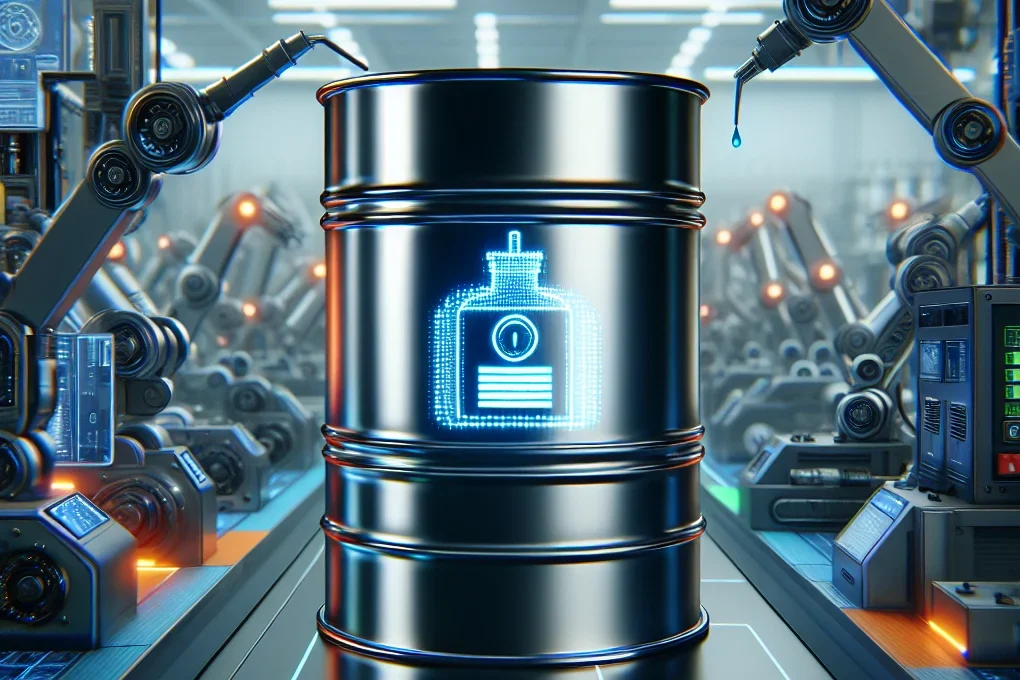The world of adhesive technology is evolving rapidly, driven by the demand for better performance, environmental sustainability, and innovative applications. As we look towards 2026-2030 trends in adhesive technology, several trends are set to redefine how adhesives are developed and utilized. This article delves into the future of adhesive technology, focusing on advanced bonding techniques, upcoming trends, and groundbreaking innovations.
The Rise of Advanced Bonding Techniques
In recent years, there has been a significant shift towards advanced bonding techniques that offer improved strength, durability, and versatility. These techniques are essential in industries ranging from automotive to electronics, where traditional mechanical fasteners may fall short.
Structural Adhesives
Structural adhesives are designed to bear loads and provide strong, permanent bonds. As industries demand lighter yet stronger materials, structural adhesives are becoming increasingly popular. They are used in aerospace for bonding composite materials and in automotive applications to reduce vehicle weight without compromising safety.
Pressure-Sensitive Adhesives (PSAs)
Pressure-sensitive adhesives are another growing trend. These adhesives bond upon the application of pressure, making them ideal for applications that require quick and easy bonding. PSAs are widely used in the packaging industry, medical devices, and consumer electronics.
Conductive Adhesives
Conductive adhesives are gaining traction in the electronics industry as a lead-free alternative for soldering. These adhesives not only provide electrical conductivity but also offer thermal management solutions, which are crucial for the performance and longevity of electronic components.
2026-2030 Trends in Adhesive Technology
As we approach 2026, several trends are poised to shape the future of adhesive technology. These trends are driven by the need for sustainability, efficiency, and adaptability.
Sustainable Adhesives
With increasing environmental awareness, there is a strong push towards developing sustainable adhesives. These adhesives are made from renewable resources and are designed to have minimal environmental impact. Bio-based adhesives, which are derived from natural sources like starch, lignin, and proteins, are expected to play a significant role in the future of adhesive technology.
Smart Adhesives
Smart adhesives are an exciting development in the field of adhesive technology. These adhesives have the ability to respond to environmental stimuli such as temperature, light, or moisture. For instance, an adhesive that becomes less sticky at higher temperatures could be used in applications where easy disassembly is required.
Nanotechnology in Adhesives
The incorporation of nanotechnology into adhesives is set to revolutionize the industry. Nanoparticles can enhance the properties of adhesives, such as increasing their strength, durability, and resistance to environmental factors. This trend is particularly relevant in the development of high-performance adhesives for demanding applications.
Customization and Personalization
The trend towards customization and personalization is also influencing adhesive technology. With the aid of digital technologies and advanced manufacturing processes, it is now possible to produce adhesives tailored to specific applications. This allows for greater flexibility and innovation in product design and manufacturing.
In fact, the adhesive industry has now introduced a service to prepare adhesives for customers. We are not limited to a few products of the company. Tell us your needs, and the effect will only increase.
Adhesive Innovations

Innovation is at the heart of adhesive technology, with new formulations and applications emerging regularly. Let’s explore some of the most promising innovations expected to gain traction from 2026 to 2030 trends in adhesive technology.
Reversible Adhesives-Which allow for easy separation of bonded materials without damaging them, are a game-changer for industries that require temporary bonding solutions. These adhesives are particularly beneficial in the automotive and electronics industries, where components may need to be replaced or recycled.
Self-Healing Adhesives-Adhesives are an exciting area of research. These adhesives have the ability to repair themselves after damage, extending the lifespan of bonded materials. This innovation has significant implications for the automotive and aerospace industries, where durability and longevity are critical.
UV-Curable Adhesives-Offer rapid curing and strong bonds, making them ideal for high-speed manufacturing processes. These adhesives are widely used in the electronics industry, where quick assembly and precise bonding are essential.
The Future of Adhesive Technology
The future of adhesive technology is bright, with continuous advancements and innovations driving the industry forward. As we look towards 2026-2030, the focus will be on developing adhesives that are not only high-performing but also environmentally friendly and adaptable to various applications.
Collaboration and Partnerships
Collaboration between adhesive manufacturers, researchers, and end-users is crucial for driving innovation. By working together, these stakeholders can develop new formulations and applications that meet the evolving needs of different industries.
Regulatory and Environmental Considerations
As adhesive technology advances, regulatory and environmental considerations will play an increasingly important role. Manufacturers will need to ensure that their products comply with safety and environmental standards while meeting the demands of a rapidly changing market.
The Role of Digitalization
Digitalization is set to transform the adhesive industry, enabling more efficient production processes and enhanced product development. Digital tools and technologies, such as artificial intelligence and machine learning, will facilitate the design of new adhesive formulations and optimize manufacturing processes.
الخلاصة
The adhesive technology landscape is poised for significant transformation in the coming years. With advancements in sustainable.
